Basic feature list:
- 12 VDC powered.
- Based around NodeMCU module.
- MH-Z19 CO2 sensor option.
- Internal BME280 sensor option.
- External BME280 sensor option.
- Internal HC-SR501 motion sensor option.
- Four 0 - 10 VDC output channels for AC units.
- Breakouts for other GPIO pins.
- Shaped to fit into CamdenBoss CBRS01VWH sensor enclosure (wall/ceiling mount).
- Dimensions (roughly) 80x80 cm.
The NodeMCU (ESP8266) is an integral part of the board. It handles the WiFi (obviously), and reads out the CO2 and temperature sensors. It also controls the PWM output which drive the four output channels for the AC units.
For our purposes, the ESP8266's firmware uses an MQTT-based solution (based around the Sming framework), which communicates over a TLS-secured connection with a backend which provides the actual intelligence. An active loop is maintained to ensure that each controller unit is performing as intended.
The temperature readings are integrated into the backend logic which controls the AC units, to allow for the optimal temperature to be maintained by careful manipulation of the 1 - 4 AC units connected to a single controller.
There is also an option to add a motion sensor (HC-SR501) to this setup, using the +5 VDC and GPIO pins on the PCB, slotting the motion sensor board into the cut-out in the PCB after cutting an appropriate hole in the enclosure.
 Maya Posch
Maya Posch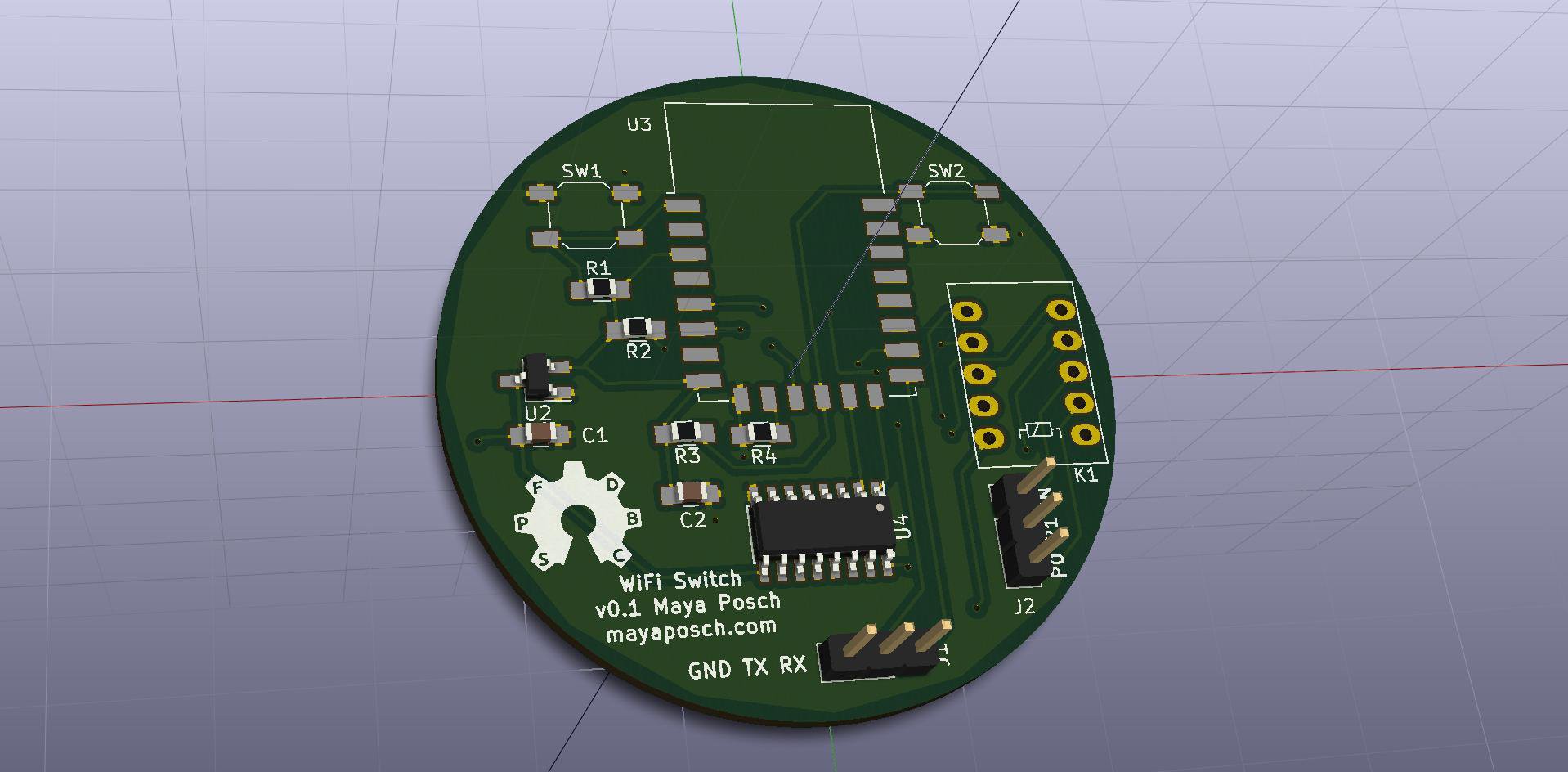
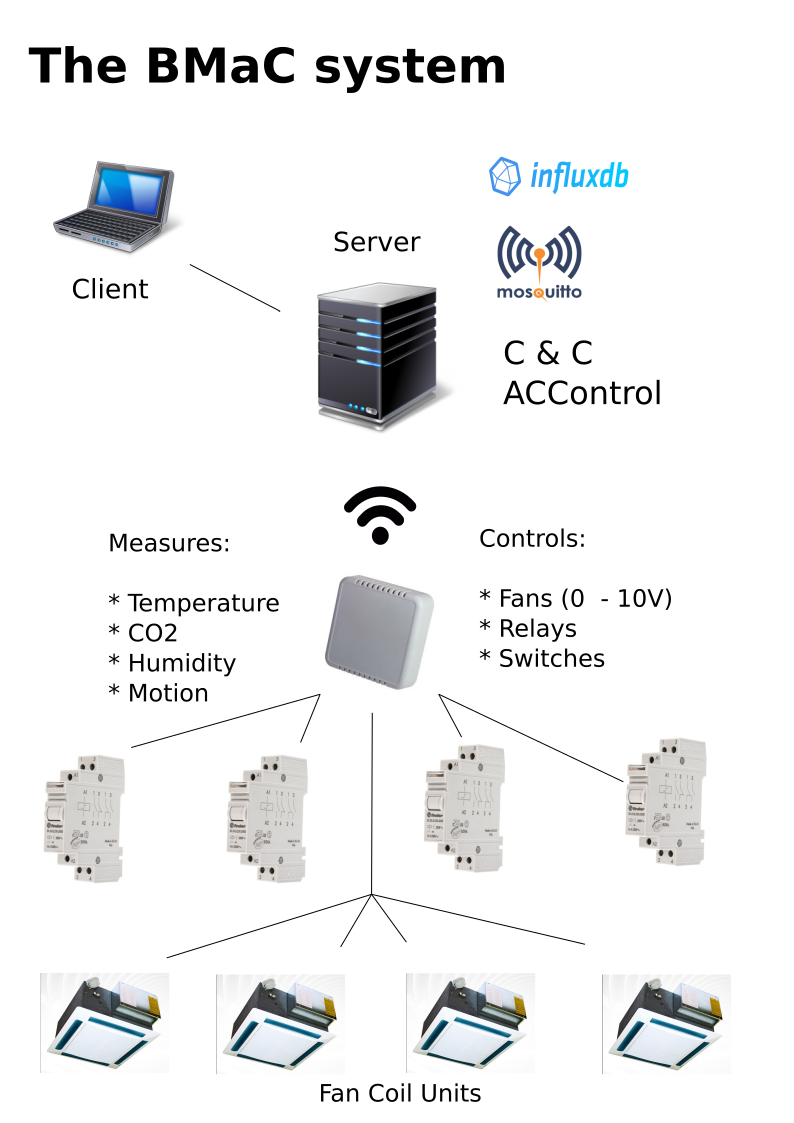
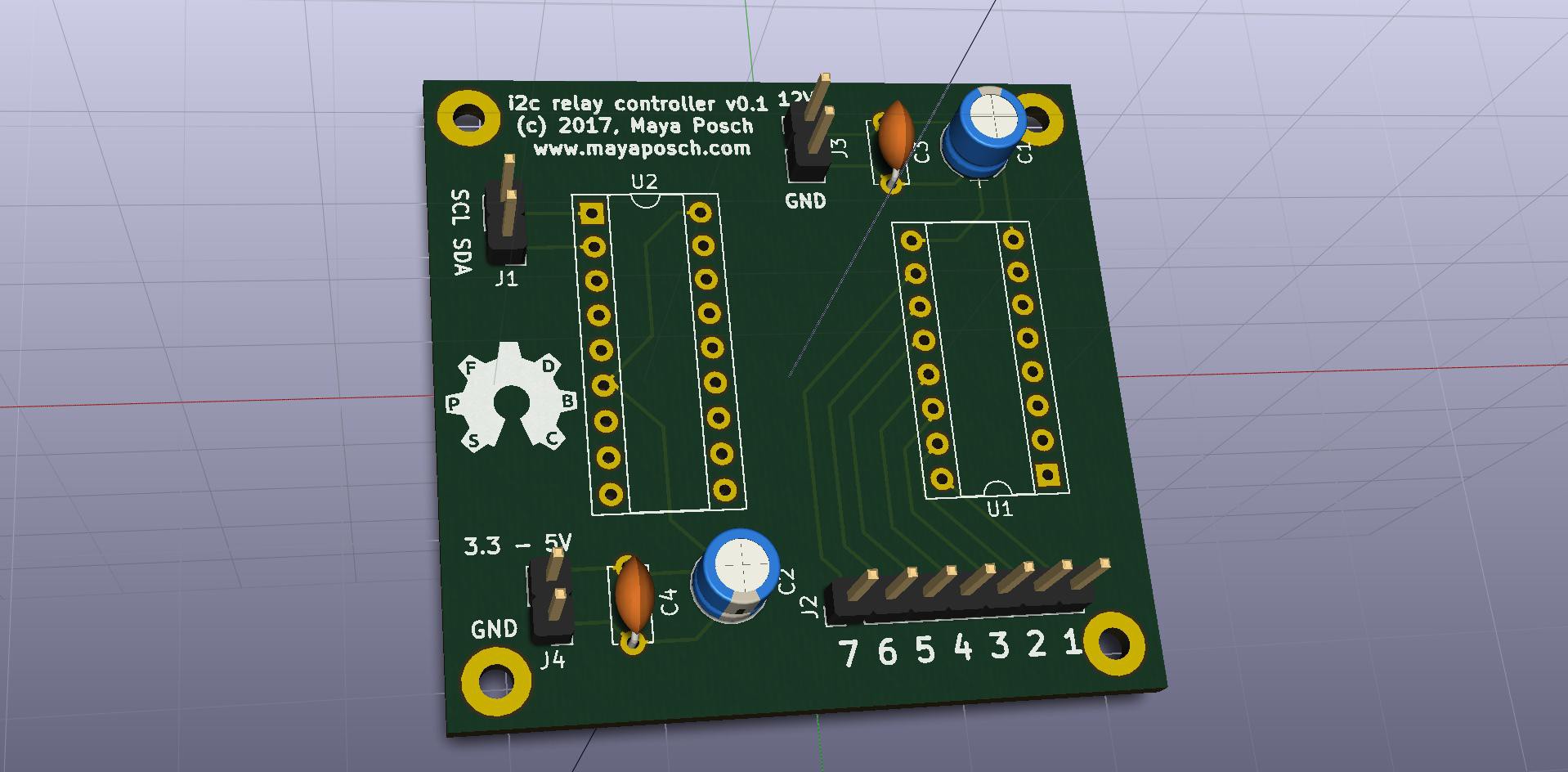

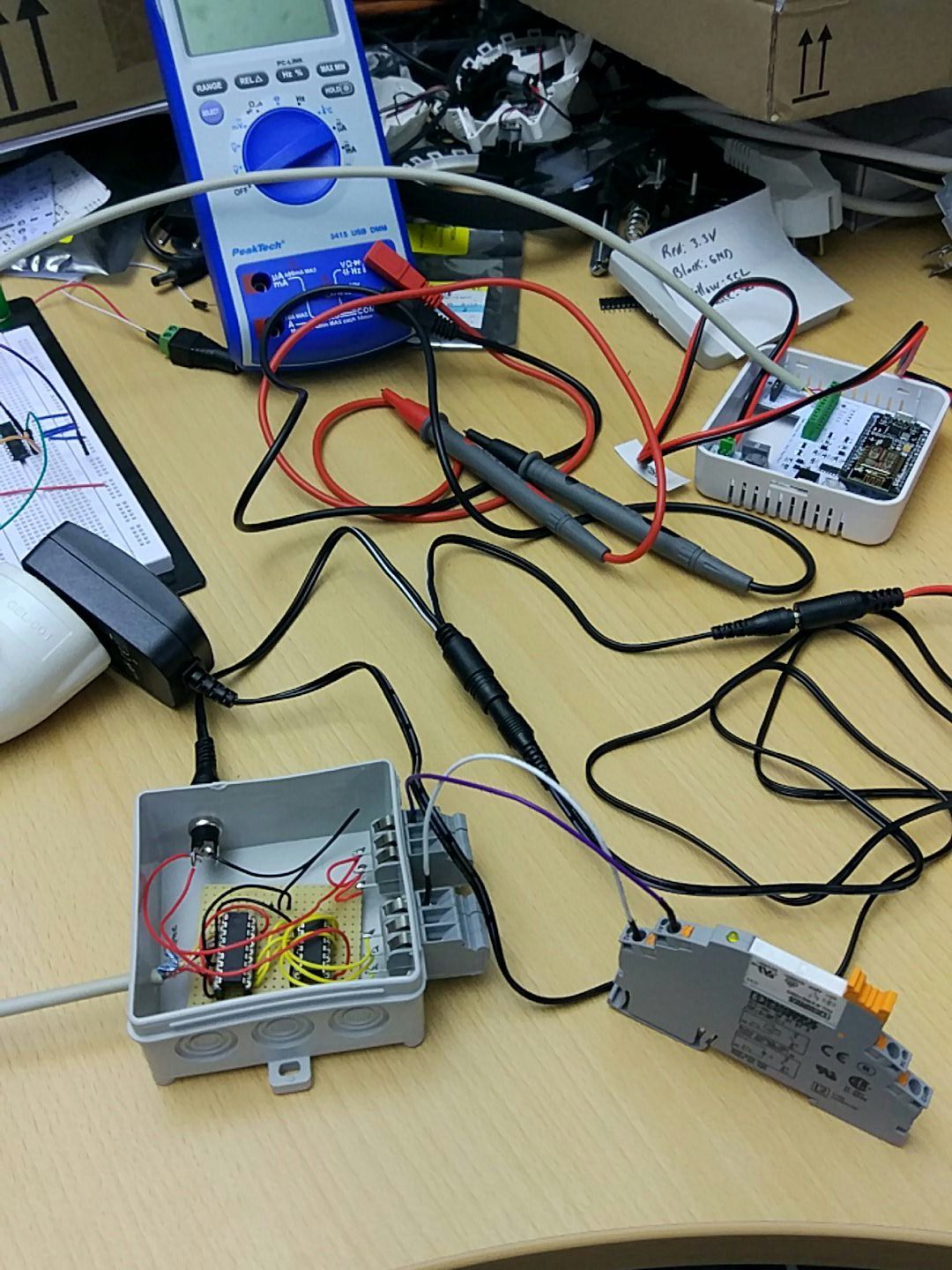
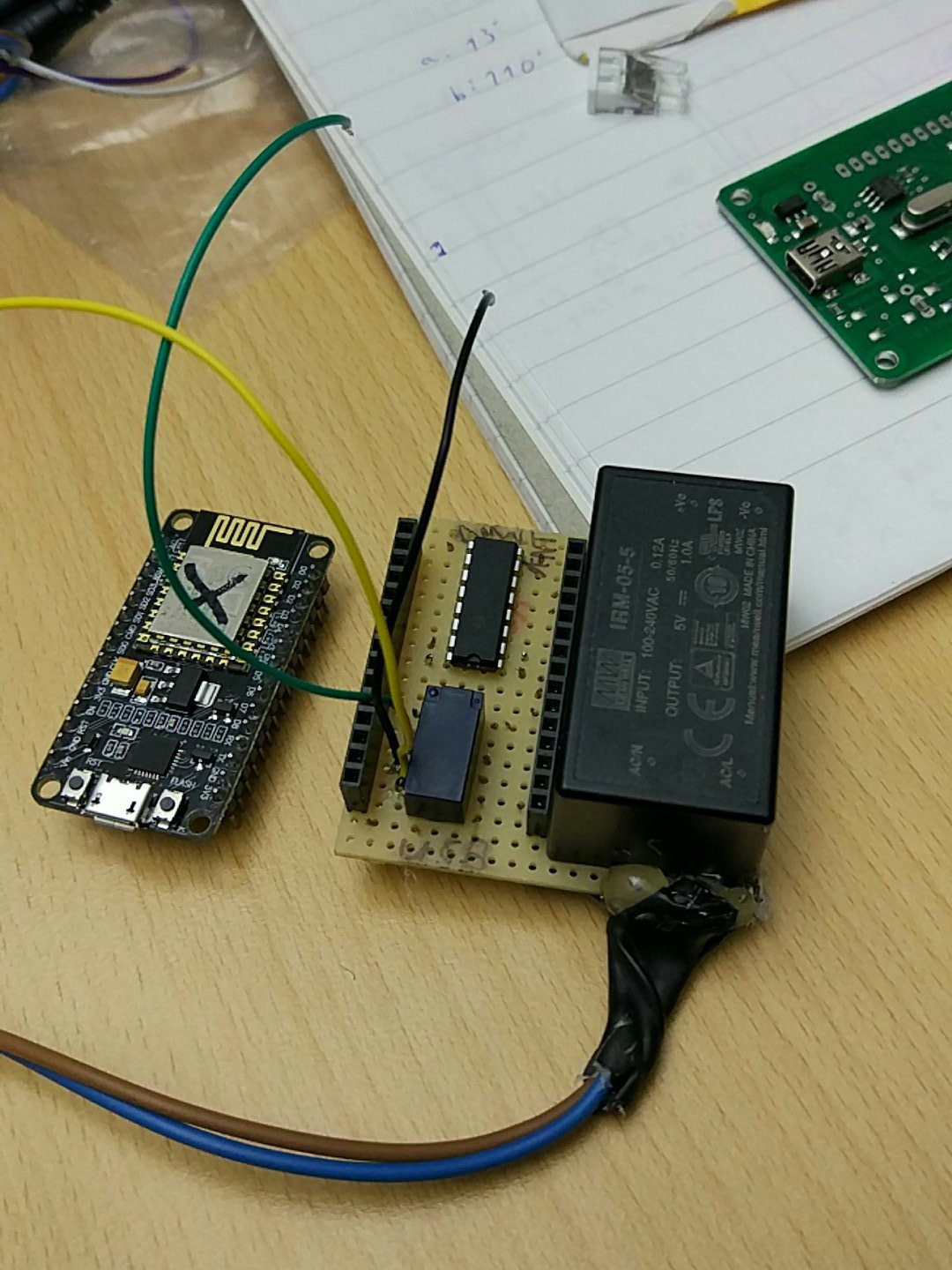
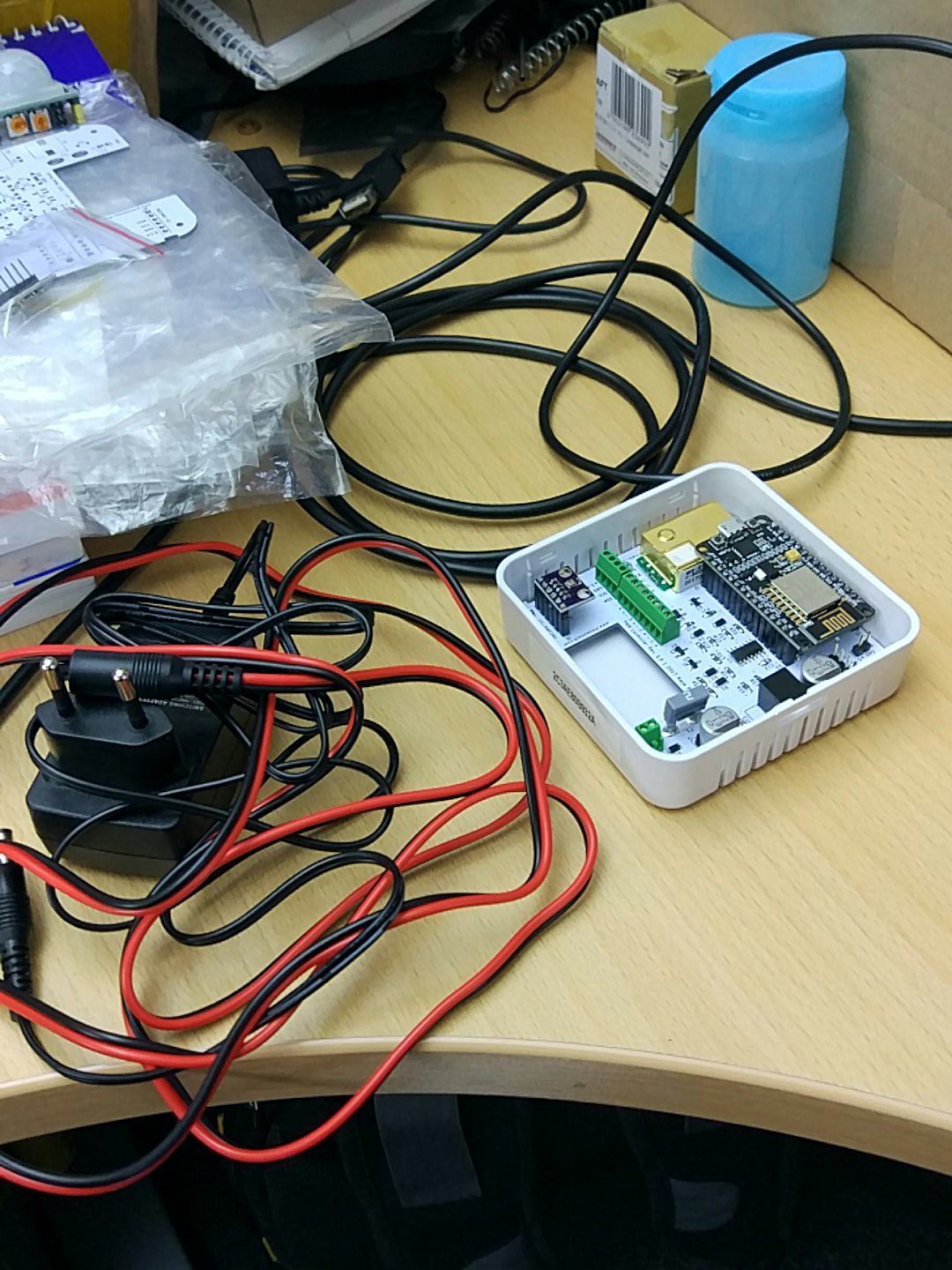
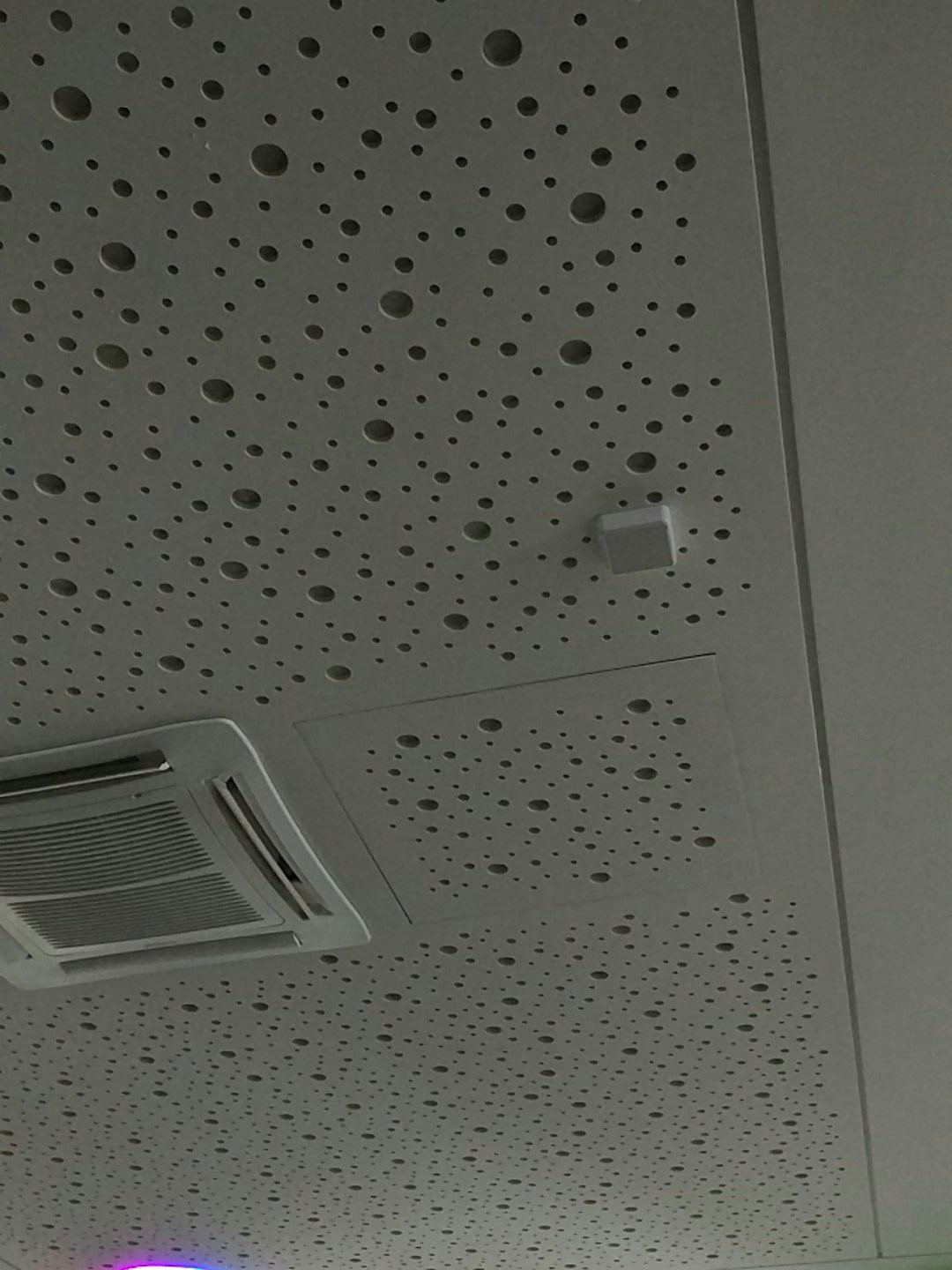
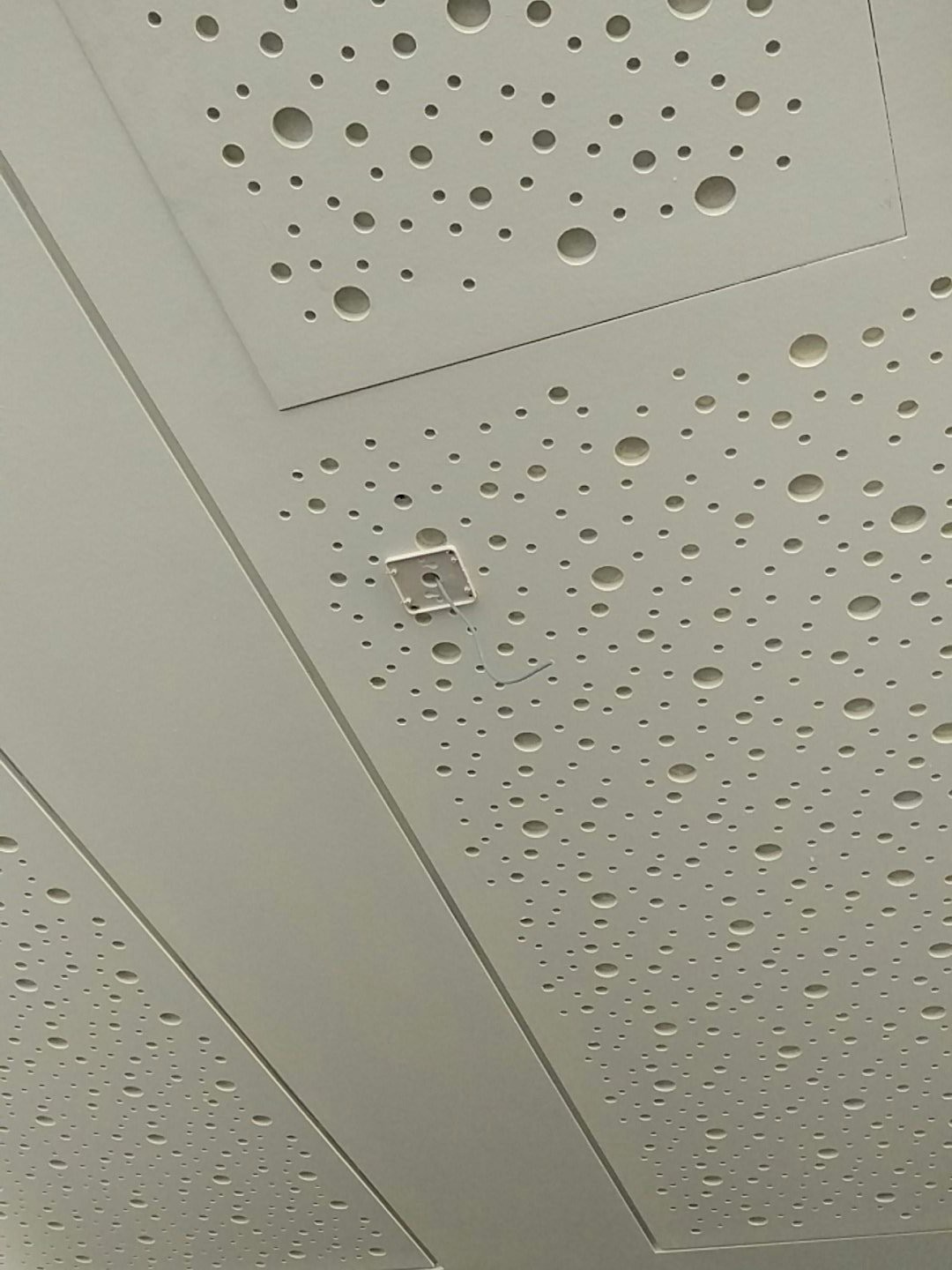



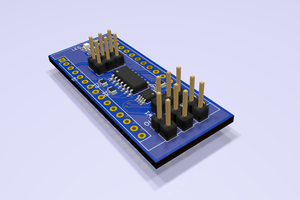
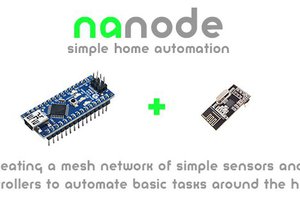
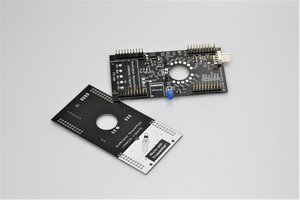
 Benjamin Prescher
Benjamin Prescher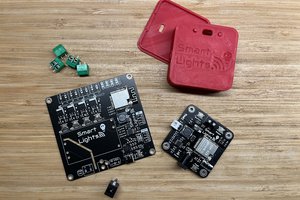
 Jon
Jon
Hi, I've been looking for a technical drawing of the camdenboss enclosure you are using to see where the screw holes and the PCB snap-in tabs are. I haven't found anything, could you share the documentation you used to make the PCB match the enclosure? Thanks!